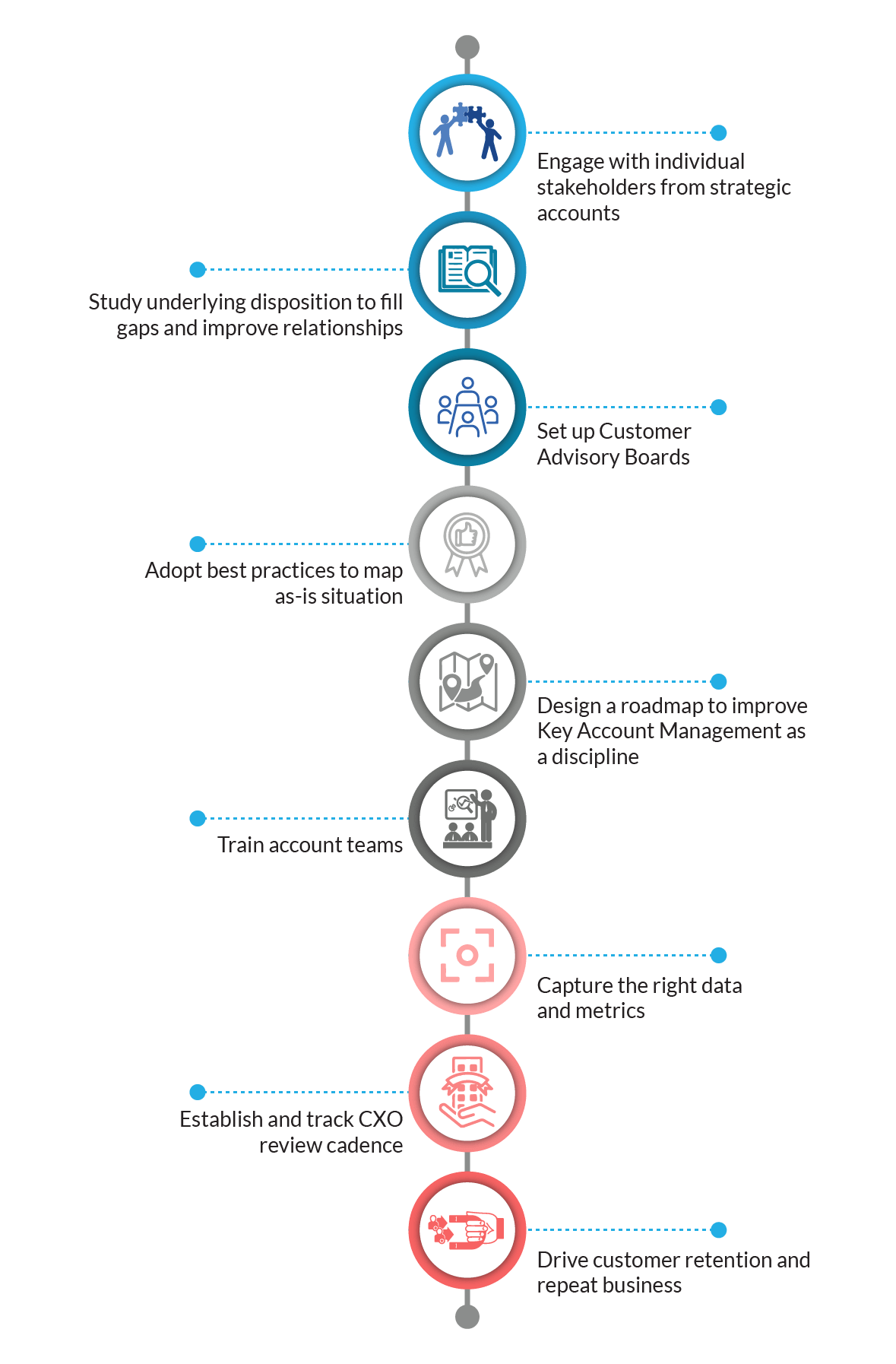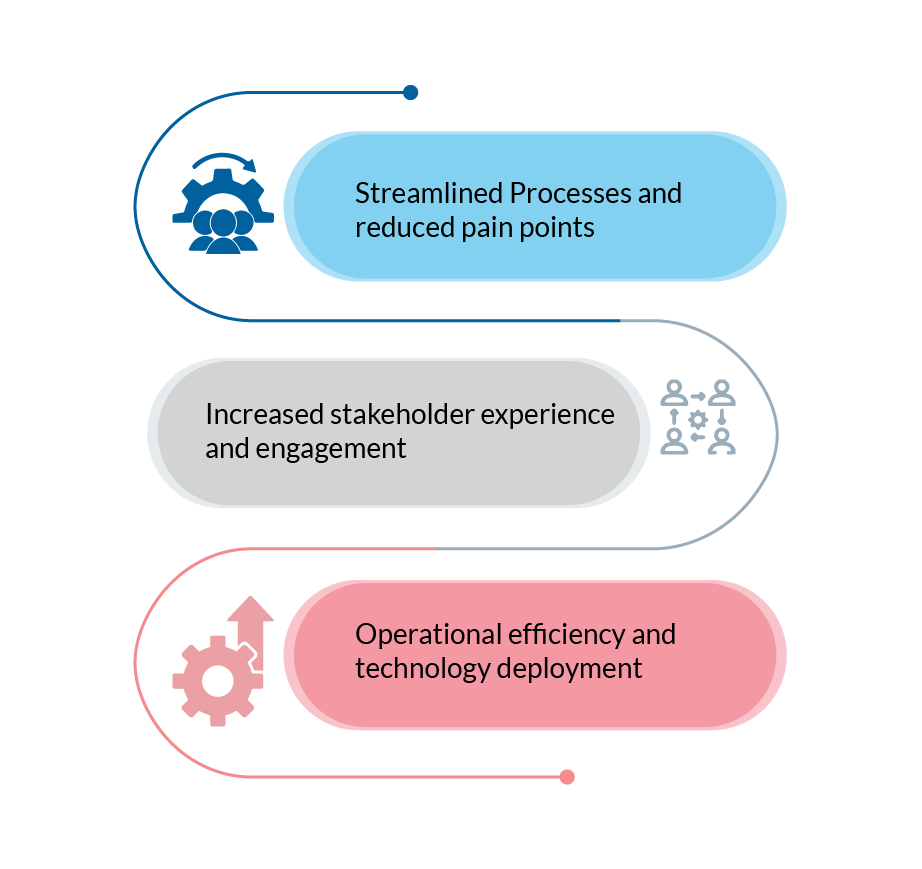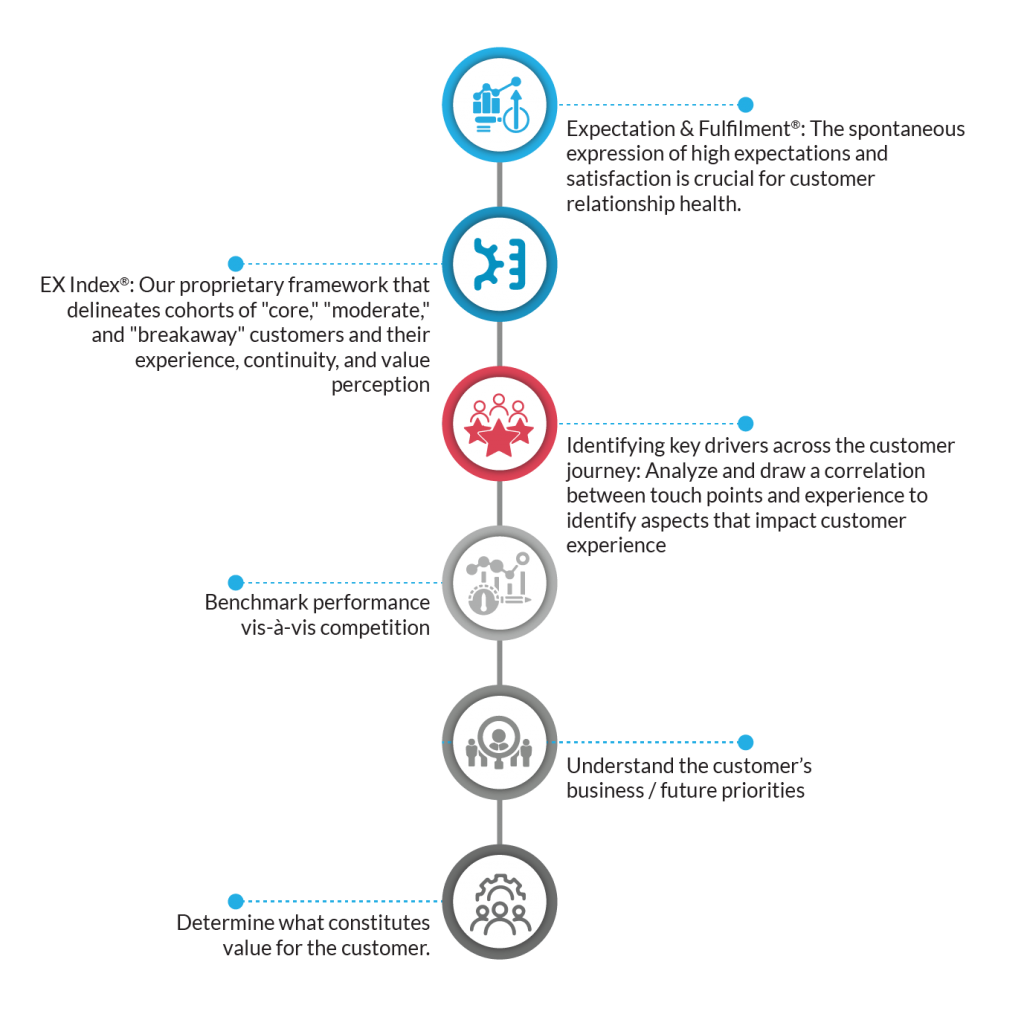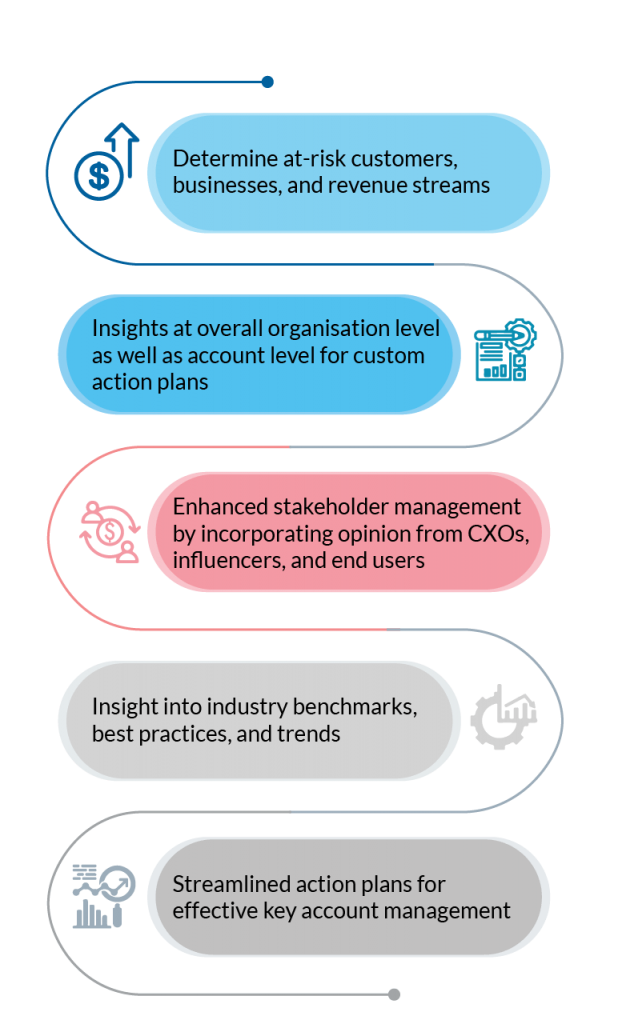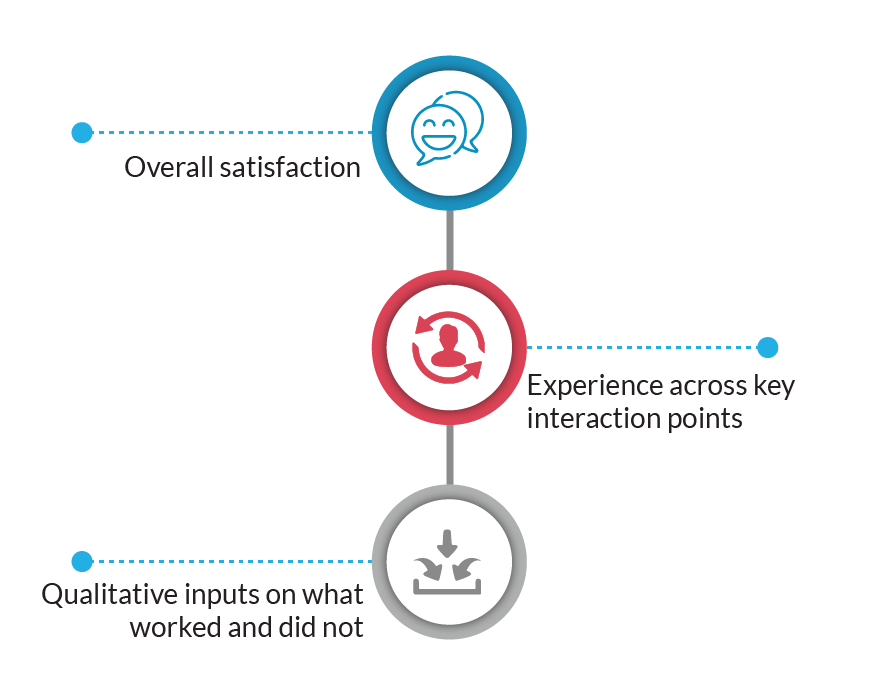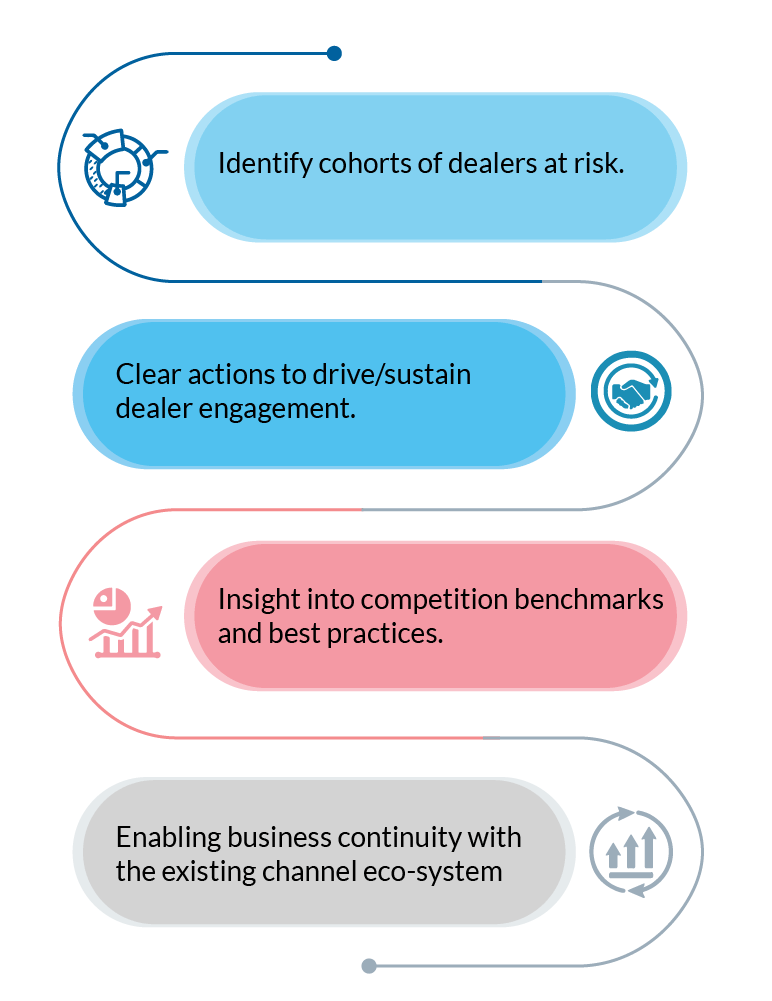Customer feedback is increasingly becoming an important tool / output for most mid-level as well as senior managers to improve / innovate and calibrate the service rendered to their clients. While most reports seem intuitive to use, we need to demonstrate maturity in using these report to achieve maximum benefits. Let me set out some hypothesis and observations from my experience of conducting these surveys and publishing reports. Some of these arise from seeing business manager’s struggle with the research report and some tips to handle.
Sampling may not be representative:
This is an often heard excuse most managers give incase the feedback isn’t favourable. While technically this could be true in most cases, at the end of the day, the customers who are getting tagged for the index are people serviced by the manager. Even with additional samples / different samples, these customer opinions don’t change and those need to be taken as is. In case there is enough evidence of samples not being appropriate, use the report as directional and not absolute
While customer satisfaction is low, my order book is healthy:
In a lot of cases, the correlation between customer feedback and business booking / market share may not evident in the same year. There is always a lead lag effect and one must know that customer feedback is an early warning signal. In a specific client, we had seen decreasing customer scores but the client’s sales numbers were increasing. Careful analysis revealed that the client was losing market share with competition growing faster than this firm.
The scale could be the reason for the low scores:
Scales don’t really influence the low or high scores. Irrespective of the scale used, the feedback will definitely show areas of strength and weaknesses. It is important for the manager to understand the methodology, scale and the time-period and make inferences from the metrics shared in the customer feedback report.
There was an event when the survey was done:
Another most frequently heard excuse is about an extraordinary event happening at the client’s end / in the business at the time when customer was polled. While “Recency” effect does have an influence, it is important for the manager to read and study the results keeping in mind the events that occurred around that time. It could be a large deal and the customer may have wanted to be conservative on the ratings! Even in such situations, the ratings within parameters will still show the highs and lows while the absolutes could be moving any which way.
I don’t have reasons from the report on why the customer is unhappy:
Customer feedback reports are not gospel. It is a point in time exercise and all that this report will highlight is the health of the relationship / service delivery at a chosen point in time. With good sampling, the effect of outliers / extreme cases can be negated. Further to expect the customer to also state why unhappy is asking for too much. Most managers know the reasons for why the customer / customer groups are unhappy. You should be worried if the findings are a surprise. This means your intuition of ‘where your customers peg you’ is not working.
It’s too heavy for me to comprehend:
Sometimes the research reports are too heavy with numbers. The easier way out is to read the trends and make a summary of what messages are there for you! Which parameters are the weaknesses, strengths, which geographies to focus on, any outliers, etc? This summary message document can help much more than staring at the scores and ratings.
It’s like taking an examination:
Customer feedback programs are not fault finding mechanism. Also search for where the customers appreciate you. It is possible that other customers could also feel the same if you demonstrate this. Share the takeaways with your direct reports and create a buy-in. It is as important to create a buy-in as putting a plan together.
Don’t understand benchmarks:
Benchmarks need to be understood on which industries, in what time period and also the target audience from where compared. Sometimes benchmarks available within the same research exercise can provide a lot more value than comparing with external benchmark metrics. Use benchmarks for direction and not as absolute.
Setting targets for the next year is like financial planning:
The key here is to set a target compared to previous year as against an absolute number. Sometimes managers take a target of 4.5 on 5.0 as a target and don’t know how to achieve. While setting a goal, it is important to set out the steps and review regularly. In most case, defining the steps and regular review and progress helps achieve the goal.





























